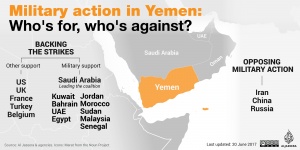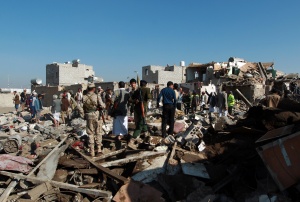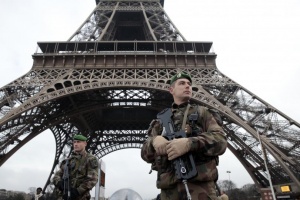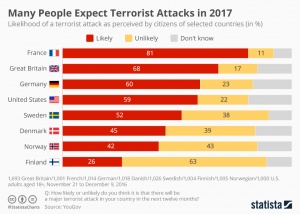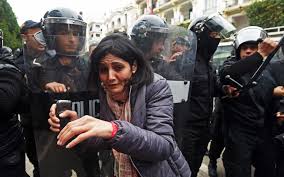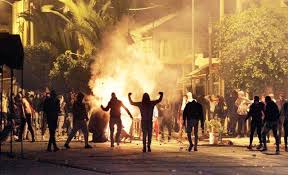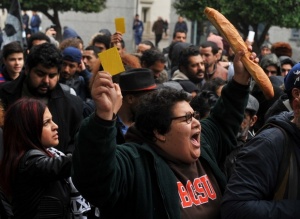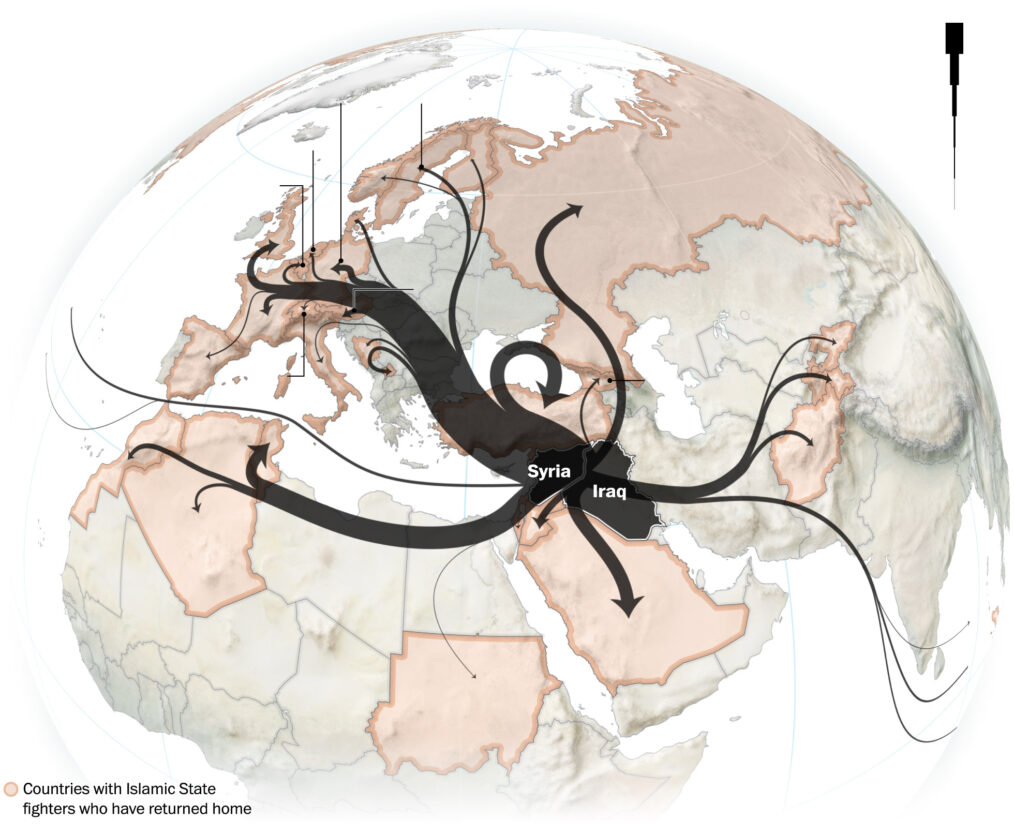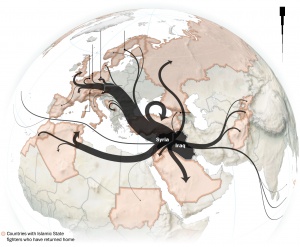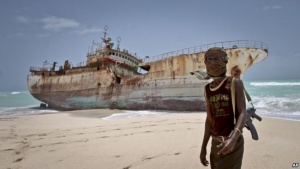
Source: www.voanews.com
In Canadian journalist Jay Bahadur’s film, The Pirates of Somalia, Bahadur travels to Puntland, embedding himself in a world known to few Western journalists. Oscar contenders have little to fear from Bahadur’s release, but The Pirates of Somalia does something remarkable: it gives us a naturalistic impression of Somalis as friendly and welcoming people and it shines a light on the rationale some give for turning to piracy.
It goes without saying that violent solutions to grievances should never be condoned, but contextualizing the behavior of Somalis who turn to attacking ships and taking hostages does prove enlightening. For instance, it was 1991 when Somalia last had a functioning government. The country has staggered on as a lawless, failed state for the last 26 years. One consequence is that the waters off its coast have been treated like an international cornucopia, with, “…fishing fleets from around the world illegally plundering Somali stocks and freezing out the country’s own rudimentarily-equipped fishermen.”
This report asserts that more than $300 million worth of seafood is stolen from Somalia’s unprotected coast by illegal trawlers every year. Not only are the waters overfished, but Somali fishermen don’t have the resources to compete with technologically advanced, large-scale fishing vessels. What’s striking is that while some reports say pirates are often former fishermen, many actually are not. In fact, some are simply poor people capitalizing on the misfortune of their anarchic and economically hemorrhaging state. While honest, hard-working people may be easier to forgive for turning to profitable, but illegal activities, both they and their non-fishermen compatriots reveal two iterations of one problem: Somalia can’t protect itself or an industry its people need to survive.
A NATO-led effort has reduced piracy in recent years, however, problems remain. Could the very thing that led to piracy also be its solution? According to PBS, “Access to domestic and international markets could change lives. But to sell fish internationally, Somali fishermen will have to raise their standards.” The United Nations’ Food and Agriculture Organization is taking a stab at a solution by building a fish processing plant, though it is not operational yet. Changes are required to allow fish to sell in out-of-state markets, but such changes are achievable in the near future.
The Pirates of Somalia could have brought us deeper into the history of Somalia and the intricacies of the lawless coastal waters that resulted in overfished seas. But it succeeds in showing us that not all Somali pirates are what many think – violent, greedy men hoping to grab treasure for their chest. A deeper look into this enduring problem shows the solution, like that of many dilemmas, lies in addressing its root cause. Too often we get so bogged down in debating the nuances of a volatile issue that prescribing a solution takes many, unnecessary years. The solution to the piracy predicament in Somalia could really be something quite straight-forward: fish.



